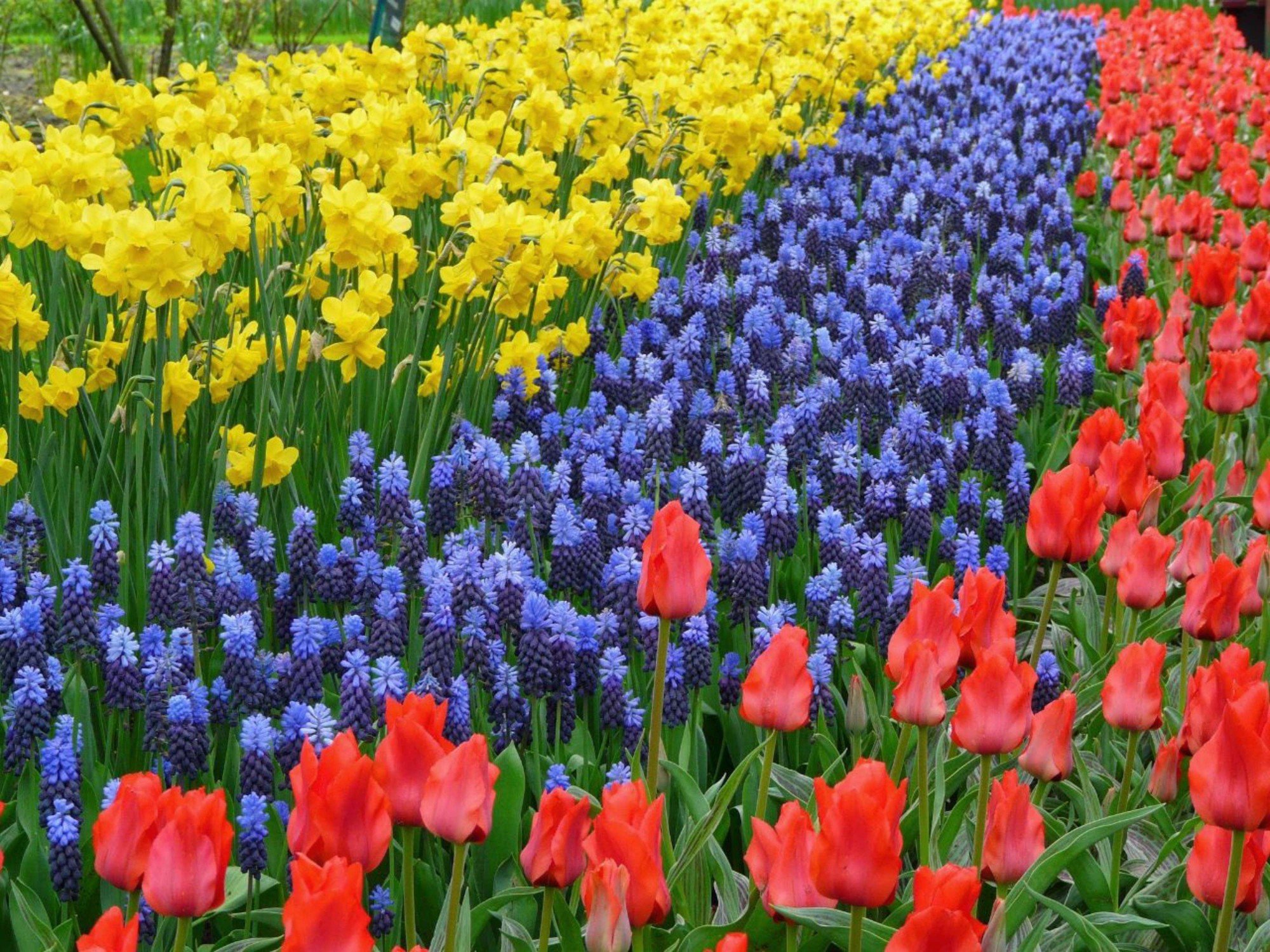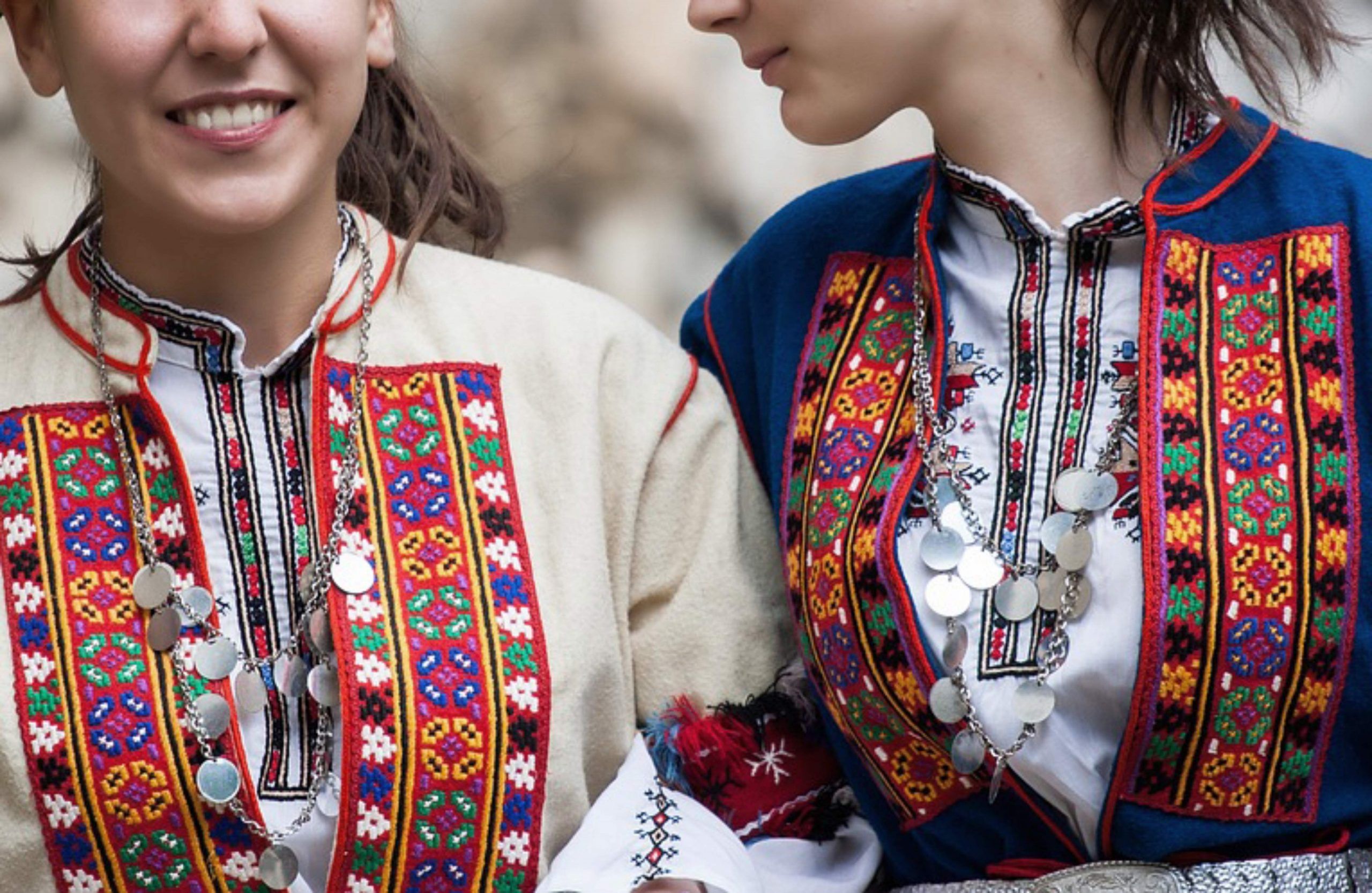How do Bulgarians celebrate Orthodox Easter?
Written by Andrea Vushkova, edited by Tamar Weisert, photos by Pixabay and Andrea Vushkova.
Easter in Bulgaria is an important holiday and religious celebration. Many pagan traditions have intertwined with Easter since the resurrection of Christ is associated with the awakening of new life in spring.
The week before the big holiday is just as important as the Holy Week itself. The pre-Easter weekend combines two celebrations: Lazarovden and Tsvetnitsa.
Lazarovden (Lazarus Day)
The Saturday before Palm Sunday is named after the Raising of St. Lazarus, described in the Bible. Bulgaria, however, follows a pagan custom.
Girls who are at the age of marriage get dressed in traditional national costumes and weave flower wreaths. They go to houses in a village or town (you likely won’t see this happening in Sofia), singing songs, and performing folk dances. They wish their hosts health, luck, and a fruitful year. In return, the householders give them eggs, walnuts, and coins as presents.
The idea behind this tradition is to give blessings for a good year ahead and for the girls to present themselves to unmarried men in hopes of finding a future husband. After that, the girls cut willow twigs, and make wreaths from them, which are saved until the next day to be blessed in the church.
Lazarovden marks the beginning of the Easter celebrations and is an integral part of our cultural heritage.

Tsvetnitsa (Flower Day)
In Catholicism, this day is known as Palm Sunday. Again, the religious and pagan traditions intertwine, and the result is a colorful and joyful day! The main element of Tsvetnitsa is the willow twig. On one hand, it symbolizes the female beginning, the nascence of new life in spring. On the other hand, it can be connected to the triumphal entry of Jesus into Jerusalem, when people with palm branches greeted him. People bring willow twigs to church and get them blessed. Then the twigs are arranged in wreaths, which are hung on the entrance door to keep the home safe and healthy.
Tsvetnitsa directly translates as “Flower Day.” As some of you may know, Bulgarians celebrate name days, usually dedicated to a Saint in the religious calendar. Tsvetnitsa marks the biggest name day celebration, as everyone with a name of a flower or a tree (yes, we have those) has an occasion to party. So if you see a Facebook post from a Bulgarian friend this Sunday, including a picture of some flowers and many people tagged in it, don’t be surprised. It would be too exhausting to call or text each of them.
So, that is how the pre-Easter weekend goes in Bulgaria. Read my next article to find out what Bulgarians do during the Holy Week and learn a few more things about our (sometimes seemingly strange) celebrations.
